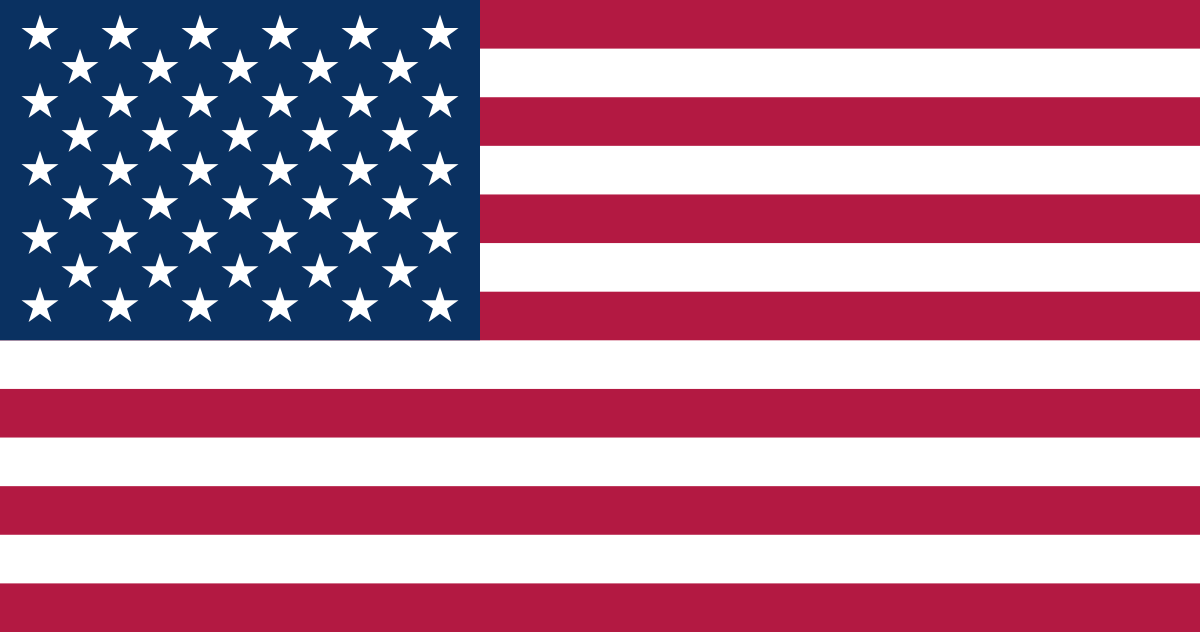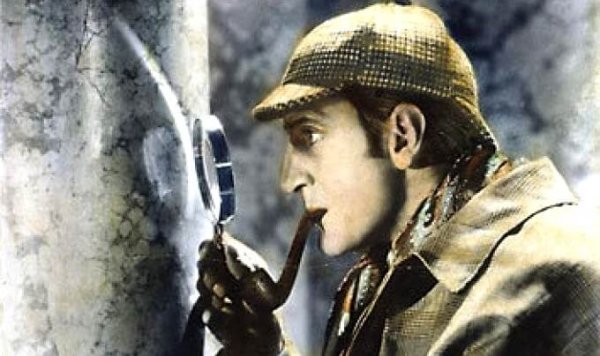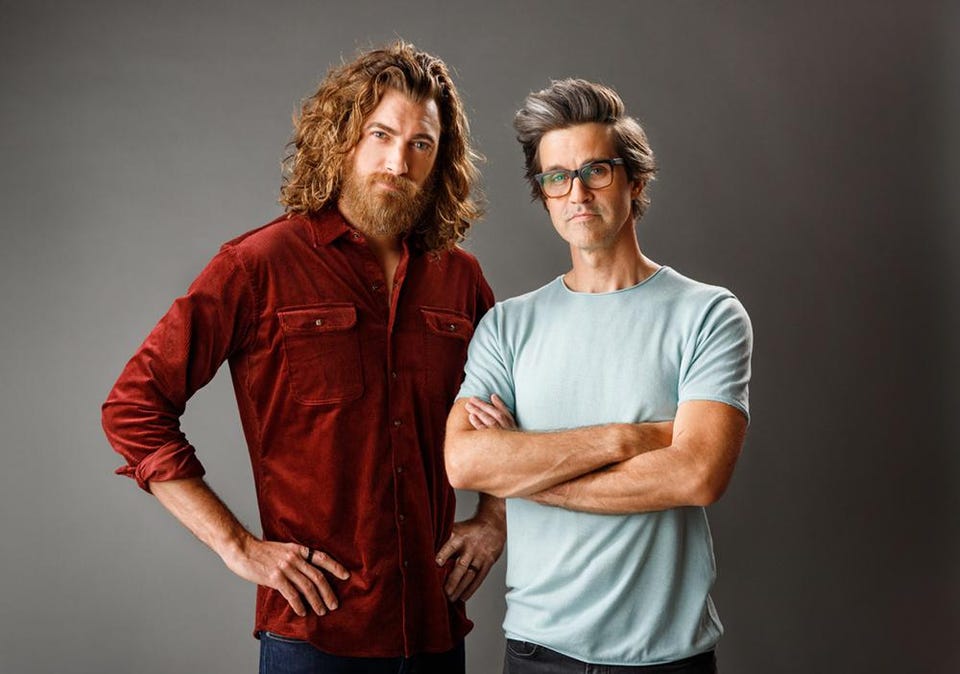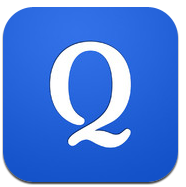Het arrangement DNS English Year 3M is gemaakt met Wikiwijs van Kennisnet. Wikiwijs is hét onderwijsplatform waar je leermiddelen zoekt, maakt en deelt.
- Auteur
- Laatst gewijzigd
- 2025-09-25 11:45:25
- Licentie
-
Dit lesmateriaal is gepubliceerd onder de Creative Commons Naamsvermelding-GelijkDelen 3.0 Nederland licentie. Dit houdt in dat je onder de voorwaarde van naamsvermelding en publicatie onder dezelfde licentie vrij bent om:
- het werk te delen - te kopiëren, te verspreiden en door te geven via elk medium of bestandsformaat
- het werk te bewerken - te remixen, te veranderen en afgeleide werken te maken
- voor alle doeleinden, inclusief commerciële doeleinden.
Meer informatie over de CC Naamsvermelding-GelijkDelen 3.0 Nederland licentie.
Aanvullende informatie over dit lesmateriaal
Van dit lesmateriaal is de volgende aanvullende informatie beschikbaar:
- Eindgebruiker
- leerling/student
- Moeilijkheidsgraad
- gemiddeld
Bronnen
| Bron | Type |
|---|---|
|
Video explanation - Word order (zindsvolgorde in het Engels) https://www.youtube.com/watch?v=ZpzG6JI7-XM |
Video |
|
Video explanation - Modale hulpwerkwoorden https://www.youtube.com/watch?v=xgKKMi6kiWs |
Video |
|
Video explanation - Past Continuous https://www.youtube.com/watch?v=SCXbgzJoQmk |
Video |
|
Video explanation - Past Simple https://www.youtube.com/watch?v=g_15Ij_omWc |
Video |
|
Video explanation - Present Perfect https://www.youtube.com/watch?v=ldLp9a3LDfY |
Video |
|
Video explanation - Adverbs & Adjectives (bijwoorden en bijvoeglijk naamwoorden) https://www.youtube.com/watch?v=g_E01067YCI |
Video |
|
Video explanation - Posessive Pronouns (bezittelijke voornaamwoorden) https://www.youtube.com/watch?v=L8Nt_YXId50 |
Video |
|
Video explanation - Relative Pronouns (betrekkelijke voornaamwoorden) https://www.youtube.com/watch?v=A_gPLqYX_Co |
Video |
|
Video explanation - Comparisons (trappen van vergelijking) https://www.youtube.com/watch?v=yK5QPPNJuQA |
Video |
|
Video explanation - Much/Many e.a. https://www.youtube.com/watch?v=KZflhZkD2kE |
Video |
|
Link to the Audio files https://drive.google.com/drive/folders/1Z9uZFpwyMWXOrgB_kLBZKONiH-NsfwjB?usp=sharing |
Link |
|
Link to the Audio-files https://drive.google.com/drive/folders/1Y9zoZ8_L0gAKV0fQg-l505gNYzxWkRrl?usp=sharing |
Link |
|
BBC Learning English - Lower Intermediate http://www.bbc.co.uk/learningenglish/english/course/lower-intermediate |
Link |
Gebruikte Wikiwijs Arrangementen
Sectie Engels. (z.d.).
DNS English Year 4 MAVO
van Helvoirt, Yoeri. (z.d.).
Reading: Alice in Wonderland
https://maken.wikiwijs.nl/56250/Reading__Alice_in_Wonderland


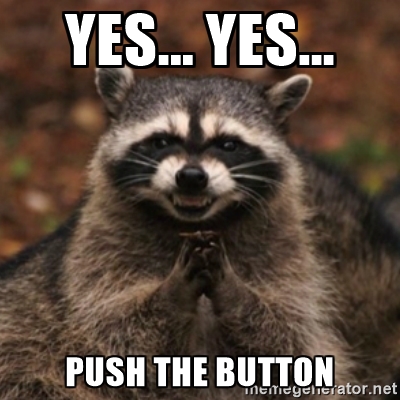
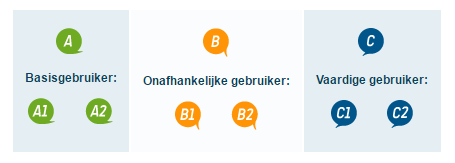
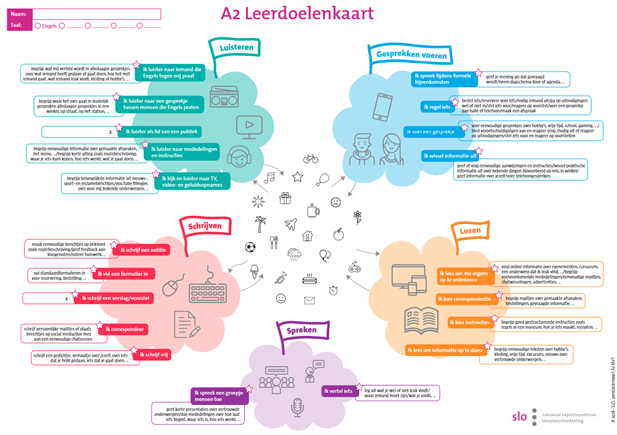


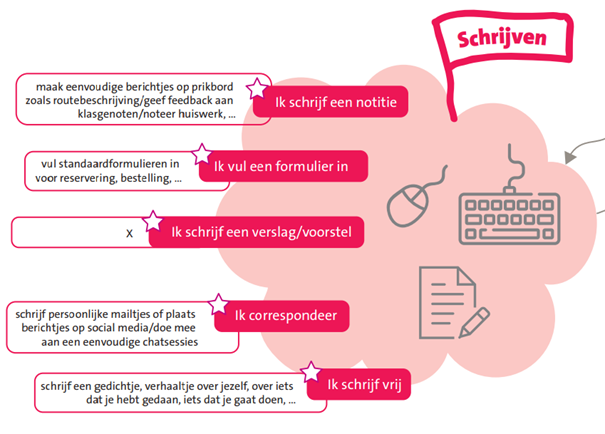
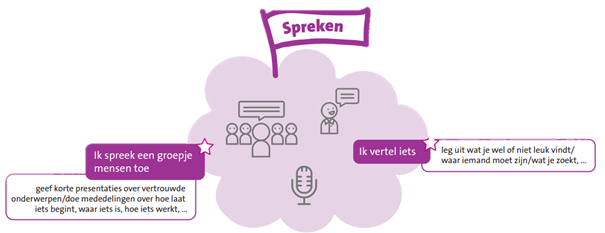
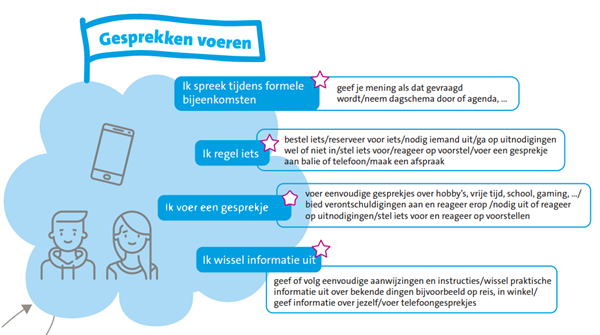
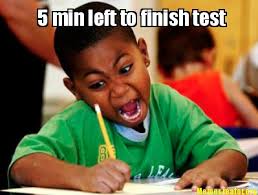


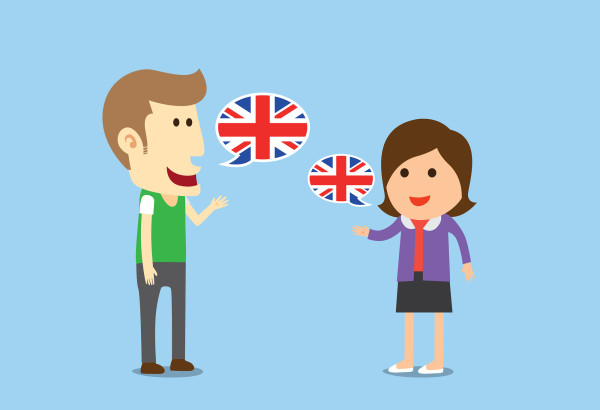
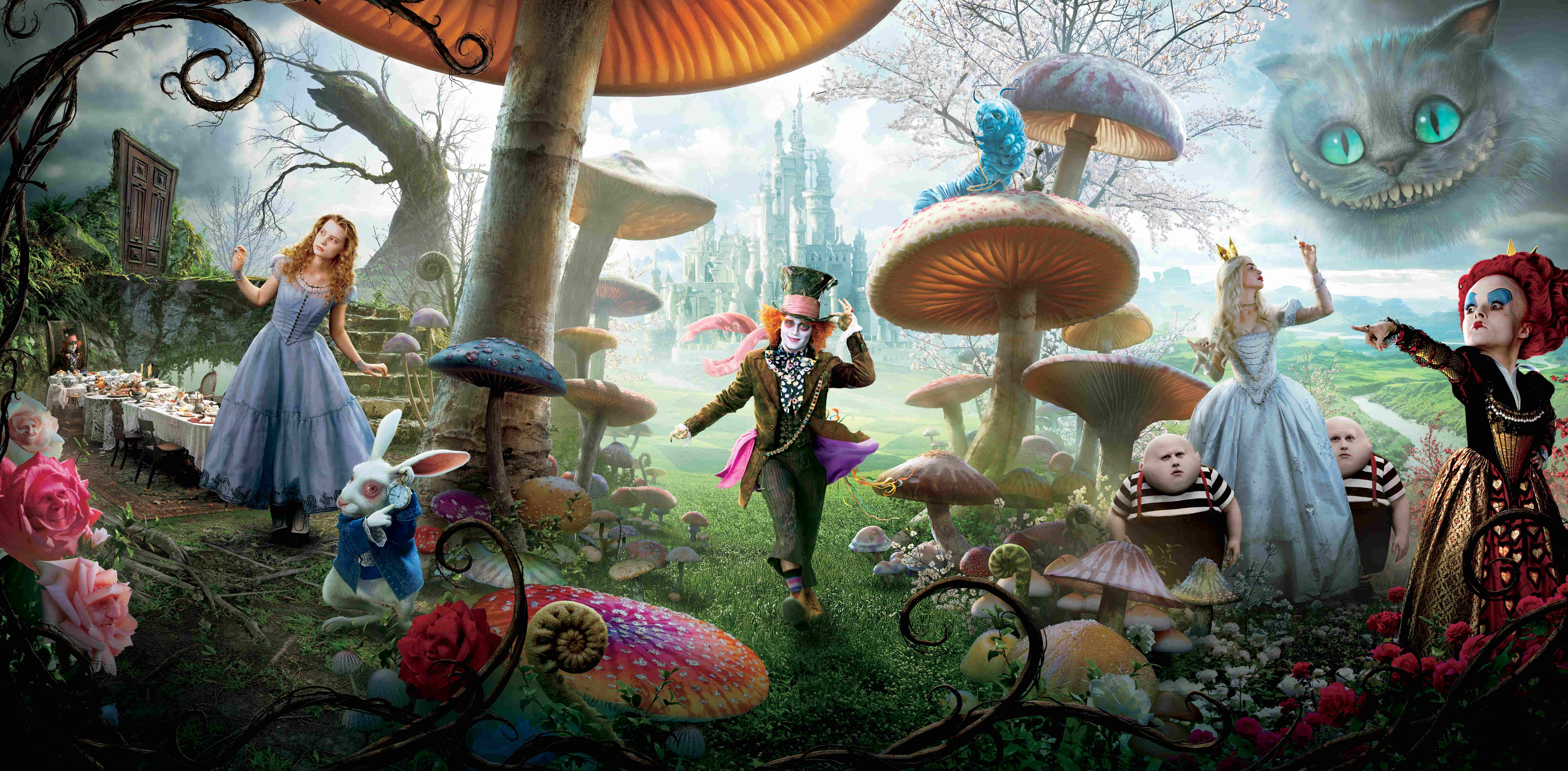




:max_bytes(150000):strip_icc()/GettyImages-185276824-5c6c6dcac9e77c0001cda211.jpg)



